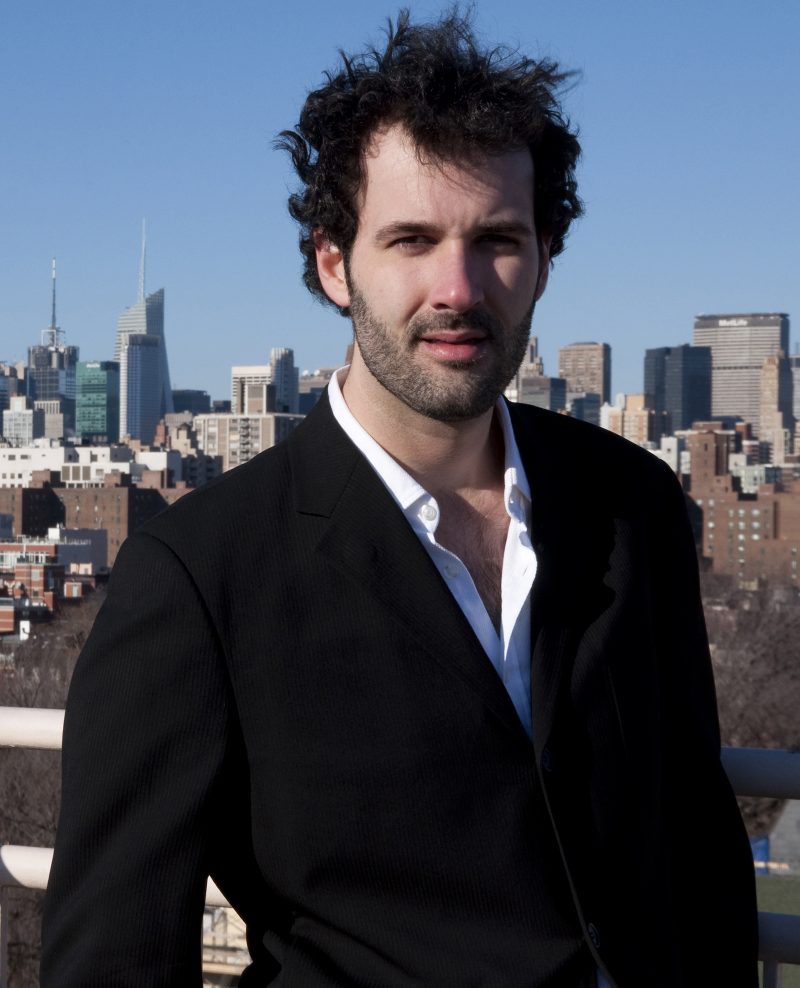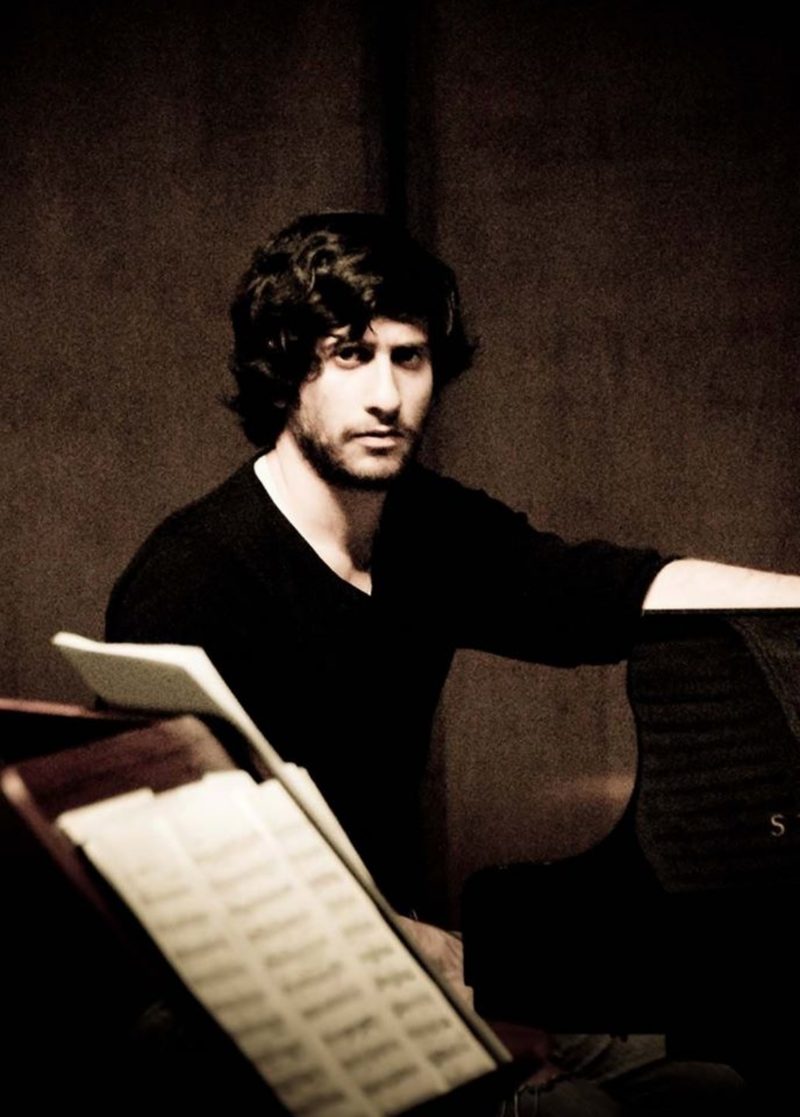
Performances featuring classic and new works often have to walk a tightrope when it comes to shaping a program that cohesively makes sense and still satisfies concertgoers. The Chamber Orchestra of Philadelphia has become a reliable ensemble in achieving this stimulating balance on a regular basis (five out of their six concerts this season feature new works!).
For their December 4–5 performances at the Kimmel Center’s Perelman Theatre, the Chamber Orchestra of Philadelphia opened with a pair of jovial works by Gioachino Rossini (d. 1868) and Charles Gounod (d. 1893) (two composers renowned particularly for their contribution to opera), and then dedicated the rest of the program to works by living composers–including world and US premieres.
From jazz to classical
The first half of the concert concluded with the world premiere of Raphael Fusco’s Alternate Routes. Fusco (b. 1984) is a specialist in early music and improvisation, utilizing the idioms of pop and jazz into his 17th-18th century leaning music. He has composed over 100 compositions (ranging from vocal, chamber, and orchestral), and his works have been performed by the likes of mezzo-soprano Barbara Dever and the New York Repertory Orchestra.
This piece was originally conceived as a concerto for saxophonist Branford Marsalis, who desired something be written to showcase both his classical and jazz prowess. The positive reception of the concerto influenced Fusco to transfer an “alternate” arrangement specifically for the Chamber Orchestra of Philadelphia. In this orchestral reduction (a concerto for chamber orchestra), each instrument in the ensemble gets a turn to tackle Marsalis’ solo line.
We hear a clarinet line quickly rise to the top, providing a gorgeous color with the strings. From this wistful opening, Fusco thrusts the listener into a cinematic Western theme. The second movement features a delicate solo by newly appointed concertmaster Stephen Tavani, who has such a clean tone–ideally suited for the Chamber Orchestra of Philadelphia’s repertoire focus. A Middle Eastern imbued woodwind line and pizzicato strings (yet again, more pizzicato!) make for a bleak texture before Tavani’s solo line returns to clear the darkness. The final movement has a throbbing rhythm, which is balanced by the strings, woodwinds, and percussion shining through in terms of their tonal beauty.

New stories
The second half of the concert program was dedicated completely to the US premiere of Rami Khalifé’s Stories for Piano and Orchestra, with the composer himself serving as the piano soloist. Stories for Piano and Orchestra is a seven-track work for which the composer intended to compose music that evoked a certain sense of freedom–no rules, if you will. Khalifé (b. 1981), a graduate of the illustrious Juilliard School, has been featured as a soloist alongside many of the world’s great orchestras and concert halls. He has also written 2 piano concertos, a requiem, a cello concerto, and numerous orchestral works.
The first track, “Resistance,” blends a contemporary classical sound and complex rhythms for a fierce, techno-like movement. Immediately, we are taken not only into Khalifé’s compositional voice, but also his emotionally razor-sharp playing. A nice moment in this track occurs when a lullaby interrupts the previous theme for a few measures. Soon the original theme comes back in like a stampede and ends in a cymbal crash.
“Club Romantik” sounds exactly like the title suggests: Romantic period influences combined with a groove that you might find in a more laid-back club. In “The Aftermath,” Khalifé prepares the piano to have a creaky, electronic sound. Some notes sound normal and others are affected, reminding me of fire crackling up some newspaper particles. Once this adjustment has been made, the orchestra emerges with a very hummable melodic line as the groove grows (the melody is reminiscent of the American Horror Story intro music).
During “The Blossoming,” his sheet music slowly drops off the stand as he prepares the piano. Khalifé doesn’t miss a beat and goes on to play as if nothing happened (it definitely helps being the composer in this case). What I especially enjoy about Khalifé is seeing his entire body explosively react to the music whether it be stomping his feet on rhythm or impulsively standing up to play.
“Steps on the Dance Floor” (the final movement) finds Khalifé using a memorable four-note motif while the percussion captures each beat in a slender Argentinian tango flavor. The motif grows and inverts itself as the orchestral instruments respond back with the original motif for a wonderful contrast to end the work.
Khalifé speaks of his music as allowing it to live and let our minds to be free along for the ride. To me, this freedom captures what possibilities can be uncovered when an artist refuses to be confined (whether it be hitting a specific mark or fitting into industry expectations). Art is meant to breathe and have a forward moving cycle for future generations to be inspired. As the Chamber Orchestra of Philadelphia closes out the character-building year that was 2016, exploring this freedom that chamber music brings is exactly what we can count on in 2017 and beyond.









